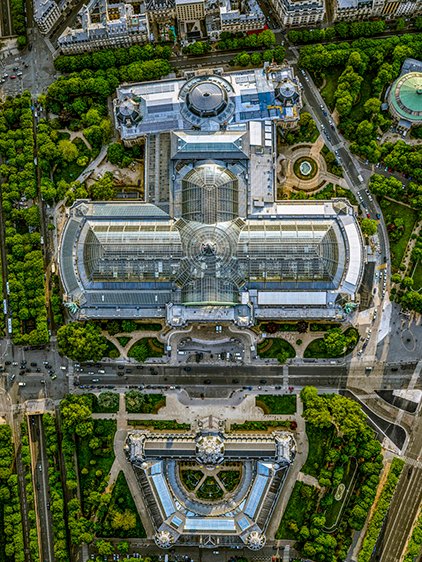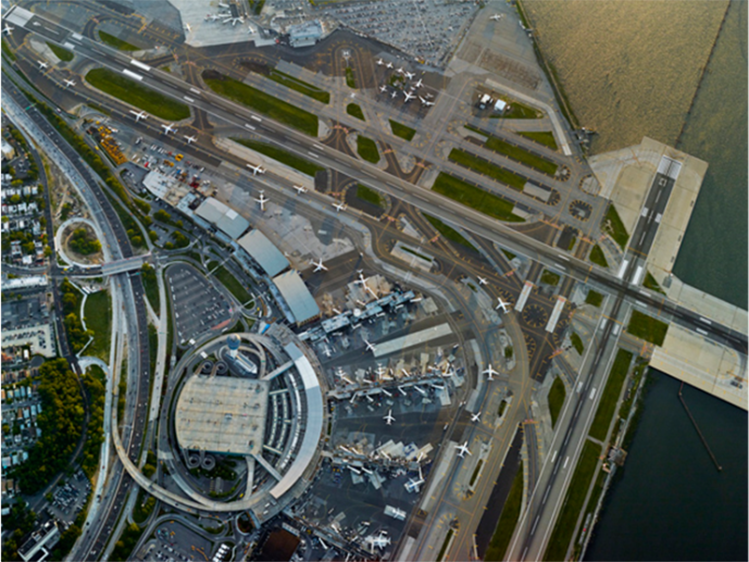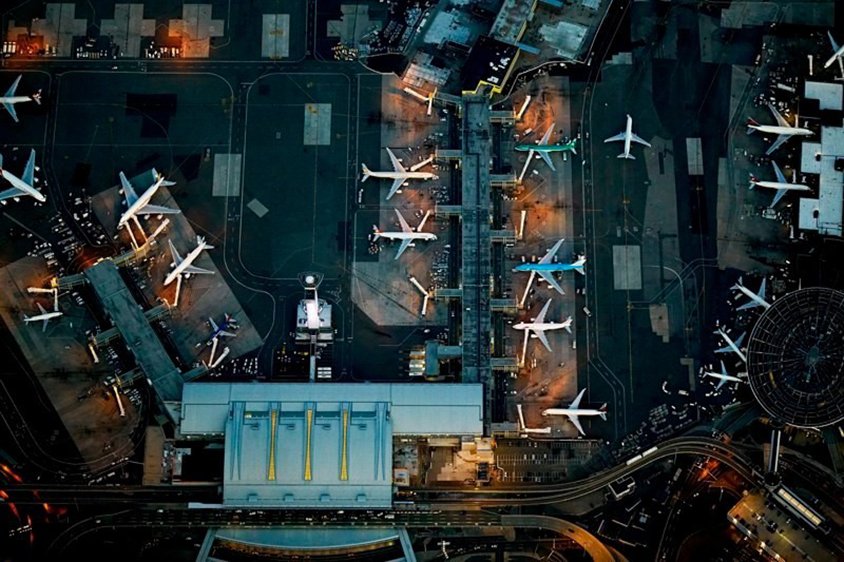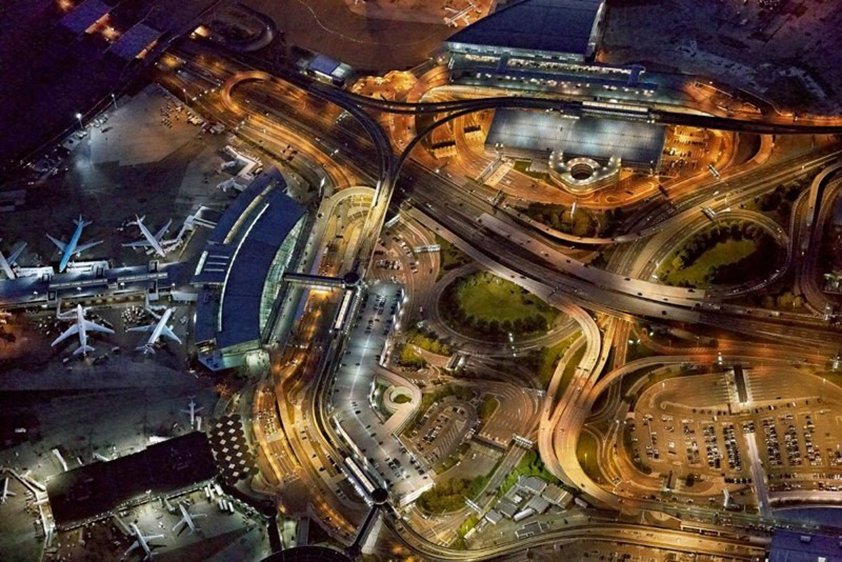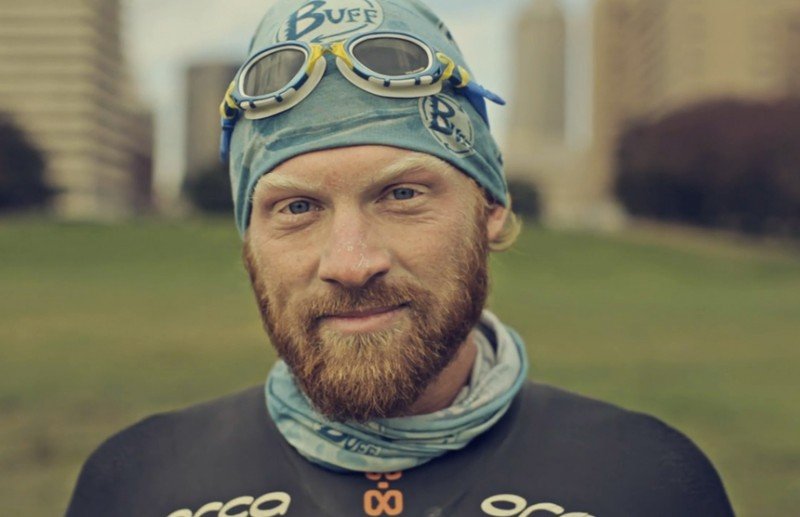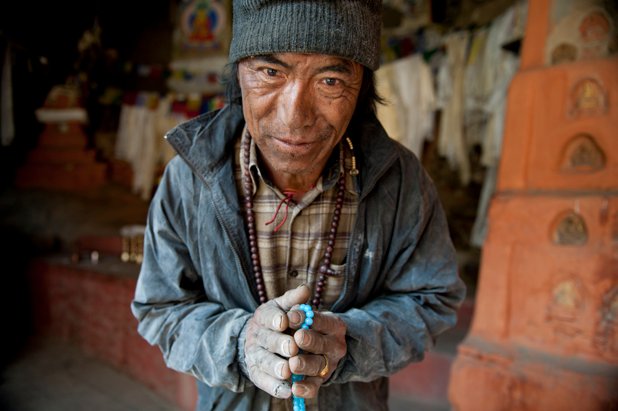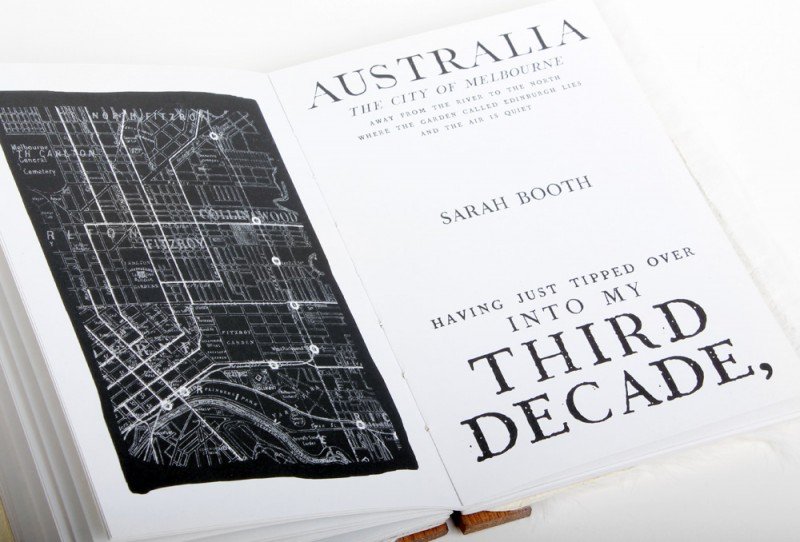U.S.A. –
For as long as he can remember, Jeffrey Milstein has loved everything associated with aviation. As he grew up, he would frequently visit the Los Angeles International Airport and watch the ‘heavy metal giants’ fly overhead. As Jeffrey grew up he gradually promoted his flying passion, earning his own pilots license at the young age of 17!
Now as a professional photographer, Jeffrey is taking photos of the airliners he sees them flying overhead. He captures them from directly below, revealing the underbelly of these beautiful hulks! He titled his project “Aircraft: The Jet as Art” and has exhibited the series in various institutions and galleries like the Smithsonian National Air and Space Museum in Washington, D.C. and at the Bau-Xi Gallery in Toronto, Canada.

© Jeffrey Milstein
Emaho : You started your career as an architect, and now you are a celebrated photographer. How and when did this transition happen in your life?
I went into architecture from an art background. In the 70s I designed a number of do-it yourself panelized shelters, like the bolt-together house I designed for Family Circle Magazine. I have always liked graphic design and in the 80s I started a photographic notecard company. After taking a class with Jay Maisel, I decided to try my hand at fine art photography and in 2000 I sold the publishing company and set up a studio.
Emaho : We would like to know more about the ‘Aircraft, the Jet as Art’ project. What fascinated you to frame these heavy metal giants? How did you manage to capture them?
Ever since I was a kid flying, and airplanes have been a passion. I got my pilots license on my 17th birthday. I used to go to the end of the runway at LAX so I could stand right under the landing aircraft. When I began photographing, I decided to see if I could capture that moment in a photograph.

© Jeffrey Milstein
Emaho : All your captures have the grandeur of emblematic architectural drawings, which clearly shows the involvement of architecture in shaping the artist in you. What do you have to say about this?
I totally agree. There is something satisfying about having the perfect symmetry and flat plane (not to use a pun) of a plan drawing. I am sure the many years I spent doing working drawings has an effect on how I frame photographs.
Emaho : What was the idea behind making them look like studio portraits? Was it just an involuntary impulse or well envisioned?
It grew out of working in different lighting conditions. On hazy bright days it was like photographing in a studio with a big soft box. I liked that look. It had a certain abstractness. So I began creating the decontextualized portrait.

© Jeffrey Milstein
Emaho : The aircraft project turned out to be something distinctive and successful. What was the intention behind photographing the underbelly of aircrafts? Was it just out of your penchant for aviation or do you have any delicate sentiments attached to it?
Some pundit said art makes you see something in a new way. Having had a love affair with aviation since childhood, I think I am attempting to share something that I find amazing. Looking up at a Boeing 747 as it flies overhead at an altitude less than it’s wingspan is a sight to behold.
Emaho : You had to be on the airstrip to freeze these hovering giants on to frame. How did you actually manage to be there? Could you share with us the complications you had faced in capturing them?
I am just outside the airport fence. The hardest part is getting the symmetry since the pilots are constantly making small corrections for wind, and getting no motion blur.

© Jeffrey Milstein
Emaho : In contrast to gorgeous flying planes you have even framed the remnants of these flying hulks, ‘The Black Box Flight Recorder’, which appeared a bit paradoxical, creating a feeling of terror in the viewers. What was your purpose behind these?
It came out of an assignment forEsquireto photograph a box for a story. They asked for one box, but when I got there I saw others and asked if I could photograph the group. Again, it’s a view of something rarely seen. And like the aircraft, a typological study.
Emaho : The ‘bird’s eye views’ of airports came out to be whimsical and outstanding, making the viewers visualise the art of airport design. Could you share with us more about that project?
I have always been fascinated by the view from low flying aircraft. Especially over cities. As a teenager I used to fly around the Los Angeles basinmaking 8mm movies. Last year I began experimenting with shooting from a small plane and helicopter. The airports seemed an interesting subject with many layers of circulation and the planes looking like toys you can reach down and pick up.

© Jeffrey Milstein
Emaho : What was the perception behind the ‘industrial archaeology’ project? Where were these images shot?
These were shot in Kingston, NY. There was a lot of manufacturing in Upstate New York at one time. Now it’s mostly abandoned machinery and old industrial buildings. I like to climb around these areas. There was a scrap metal dealer. The piles of stuff that came from the likes of Walmart and shopping malls now in big heaps of twisted metal. I am not the first to be mesmerized by the strange beauty of our discarded detritus.
Emaho : Could you tell us more about your personal life and what awakened the artist in you?
From first grade I was the “class artist” Did the yearbook covers, the cartoons for the papers, the stage sets, and so on. I was always drawing and painting, so it was just a given that I was going to be an artist (though as a kid I really wanted to be a pilot).

© Jeffrey Milstein
Emaho : Where do you see yourself going from here? Any projects lined up for future?
Well I am always thinking about new projects. I have another photographic project in mind that requires a helicopter and some logistical planning. I was recently in Cuba again and am working on expanding that work, and I am designing a small panelized house for Block Island.
Art & Culture Interviewed by Dilip Muralidharan

